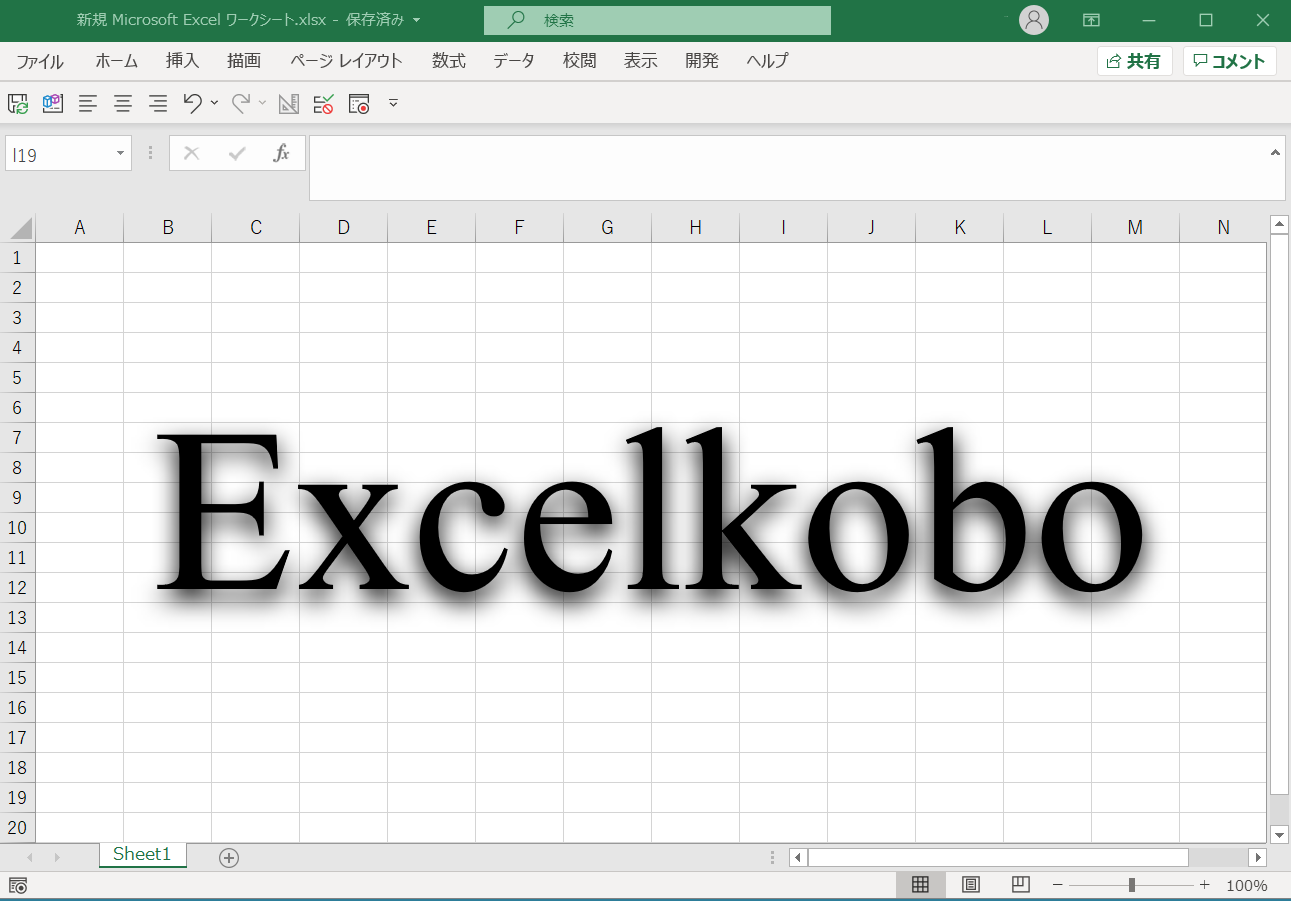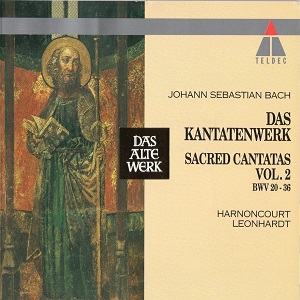Bach: Cantata No. 21 “Ich hatte viel Bekummernis” / Nikolaus Harnoncourt
This is a large cantata from the Weimar period, consisting of 11 pieces and lasting over 30 minutes for performance. The cantata’s librettist, Salomon Franck, was a poet born in Weimar who wrote many of Bach’s cantatas after 1714. The following cantatas were written by him (from Wikipedia).
Bereitet die Wege, bereitet die Bahn! (BWV 132)
Tritt auf die Glaubensbahn (BWV 152)
Mein Gott, wie lang, ach lange? (BWV 155)
Alles nur nach Gottes Willen (BWV 72)
Alles, was von Gott geboren (BWV 80a)
Der Himmel lacht (BWV 31)
O heilges Geist- und Wasserbad (BWV 165)
Barmherziges Herze der ewigen Liebe (BWV 185)
Tue Rechnung! Donnerwort (BWV 168)
Ihr, die ihr euch von Christo nennet (BWV 164)
Komm, du suse Todesstunde (BWV 161)
Ach! ich sehe, itzt, da ich zur Hochzeit gehe (BWV 162)
Nur jedem das Seine (BWV 163)
Wachet! betet! betet! wachet! (BWV 70a)
Argre dich, o Seele, nicht (BWV 186a)
Herz und Mund und Tat und Leben (BWV 147a)
Himmelskonig, sei willkommen (BWV 182)
Weinen, Klagen, Sorgen, Zagen (BWV 12)
Erschallet, ihr Lieder, erklinget, ihr Saiten! (BWV 172)
Was mir behagt, ist nur die muntre Jagd (BWV 208)
The piece begins with a beautifulSinfonia with oboe solo and string orchestra. The chorus “Ich hatte viel Bekummernis in meinem Herzen Psalm” is followed by the soprano aria “Seufzer, Tranen, Kummer, Not”. The melody is very Bachian, with many diminished seventh degree chords, reminiscent of “Agnus Dei” from the Mass in B minor. The movement is impressive for the several false endings that appear in the middle of the movement. The tenor recitative and aria “Bache von gesalznen Zahren” followed. This aria starts with Largo and changes to Allegro in the middle, but when it returns to the opening melody, the tempo is Adagio. In general, Adagio seems to refer to a slightly faster tempo than Largo. The first part ends with the chorus “Was betrübst du dich, meine Seele,” which starts in triple time, changes tempo several times, and then changes to quadruple time. The first piece of the second half (the seventh piece) is a recitativo stromentato (recitative with orchestral accompaniment). This is followed by the soprano-bass aria “Komm、mein Jesu, und erquicke” (dialogue between soul and Jesus) titled “Duet”. The ninth chorale “Sei nun wieder zufrieden、meine Seele” begins with imitation, and the tenor sings the fixed melody of the chorale. In the second half, the fixed melody is transferred to the soprano. Harnoncourt uses a revised version from the Leipzig period with addition three trombones. The tenth piece is a da capo aria by tenor, “Erfreue dich、Seele、erfreue dich、Herze”. The eleventh chorus, “Das Lamm, daserwurget ist” closes the piece with a lively finale, featuring trumpets and timpani for the first time. #baroque #bach #cantata #片山俊幸


